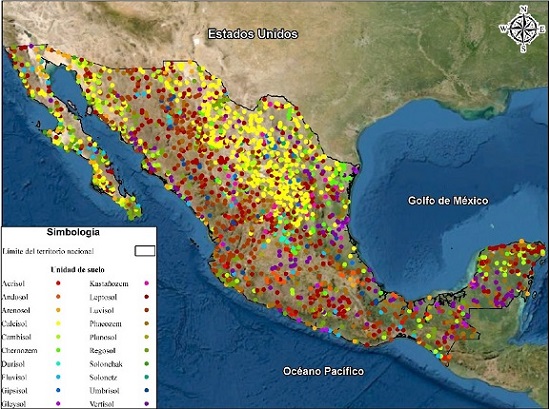Environmental Covariates that Define the Main Soil Groups in Mexico
DOI:
https://doi.org/10.28940/terra.v41i0.974Keywords:
random forest, kappa, precision, WRB, variabilityAbstract
The variability of soils depends on the interaction of environmental covariates involved in their formation. In Mexico, 25 out of the 32 soil groups included in the World Reference Base (WRB) are recorded. This study identified the importance order of eleven environmental covariates that using the non-parametric model based on a supervised machine learning algorithm called random forest, which characterize 19 soil groups covering 99.2% of the national territory. The covariates included were, curvature, drainage density, distance to the nearest stream, geology, aridity index, topographic humidity index, topographic position index, NDVI, radiation, roughness, and temperature. The results showed 100 classification trees, with accuracy of 81.83% of the random forest model and 0.80 of Kappa, which is considered as very good. The mean decrease accuracy, showed that, the five most important covariates for classifying the 19 analyzed soil groups are topographic position index, aridity index, curvature, radiation, and drainage density.
Downloads
Publication Facts
Reviewer profiles N/A
Author statements
- Academic society
- Terra Latinoamericana
- Publisher
- Mexican Society of Soil Science, C.A.

















